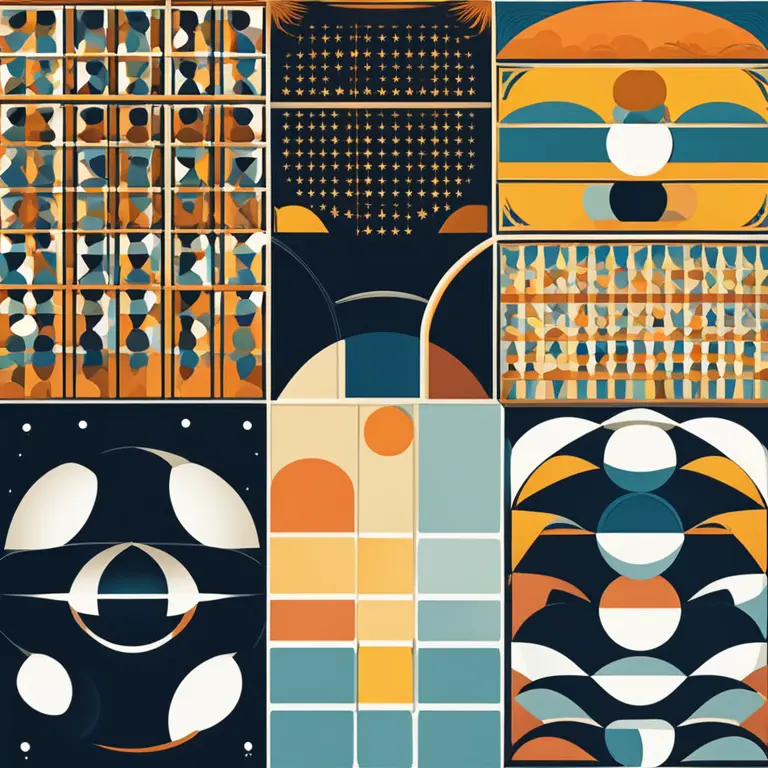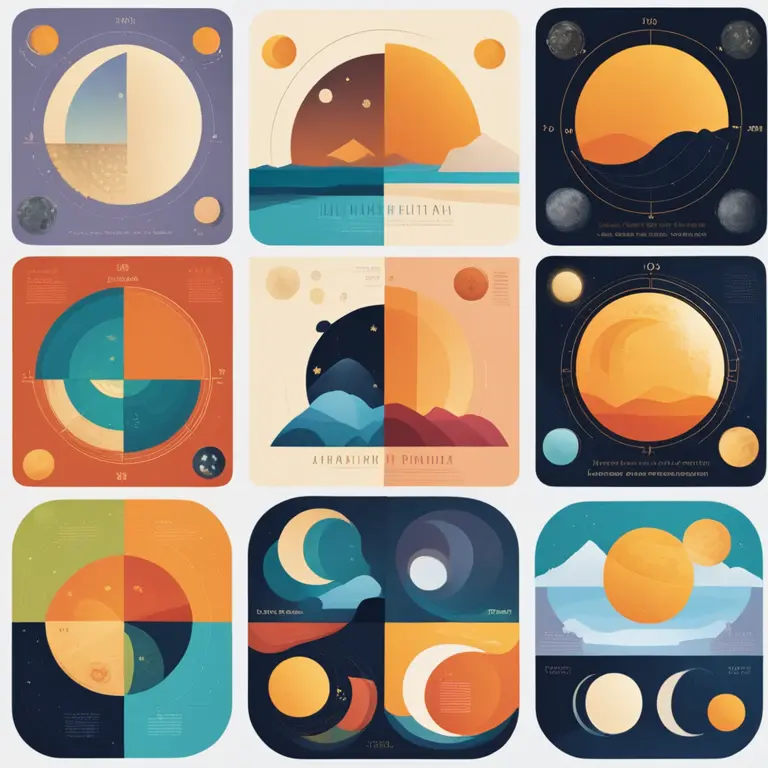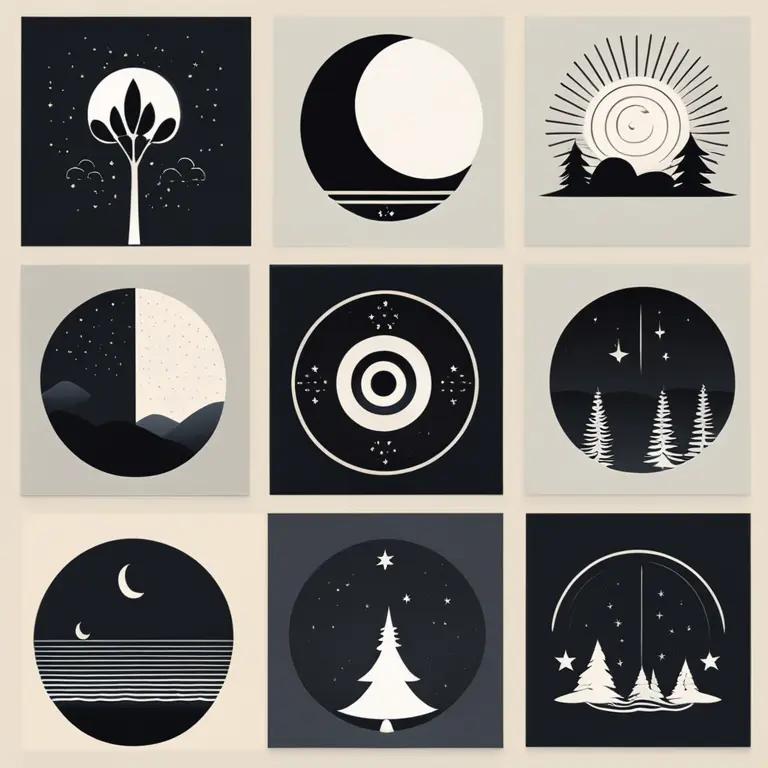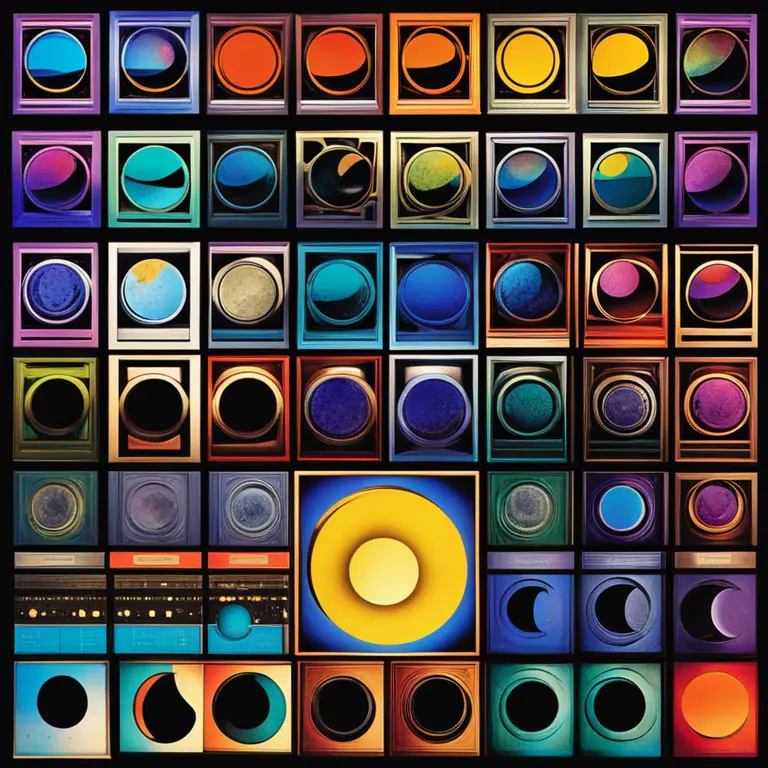
Moon Phases: Intriguing Astronomical Facts
Discover the fascinating facts surrounding the moon's phases, their influence on astrology, and how they shape the celestial rhythms of life.
article by Priya Deshmukh
The Lunar Cycle Explained
The moon undergoes a complete cycle approximately every 29.5 days, journeying through various phases that have captivated human interest for millennia. Beginning with the New Moon, which represents rebirth and new beginnings, the moon becomes increasingly visible in the sky - a period known as waxing. Following the Full Moon, a time often associated with heightened emotions and energy, it wanes, leading to introspection until it disappears from sight, initiating the next cycle. Understanding these phases is essential for astrology enthusiasts, as each phase exerts unique influences on personal and spiritual growth.

The Science Behind Phases
The moon's phases are the result of its orbit around Earth and the angle from which we observe the sunlight reflecting off its surface. Each phase, from the slender Waxing Crescent to the illuminating Full Moon, is dictated by the moon's position relative to Earth and the sun. The First Quarter and Last Quarter moons, also known as half moons, occur when the moon is at a 90-degree angle with the Earth-sun line, offering a precise division of light and shadow over its sphere.

Significance in Astrology
In astrology, the moon governs emotions, intuitions, and the unconscious. Each phase is said to resonate with specific astrological signs and houses, influencing individual horoscopes. In 2024 and beyond, astrologers will continue to use the lunar phases to forecast emotional trends and suggest ideal times for various activities, such as starting new ventures during the New Moon or releasing unwanted habits during the Waning Gibbous phase.

Cultural and Historical Impact
Throughout history, various cultures have revered the moon's cycles, integrating them into calendars, rituals, and agricultural practices. The Full Moon, in particular, has been a time for celebration and spirituality in many societies. Its impact is evident in literature, mythologies, and folklore where the Full Moon's radiant presence often symbolizes enlightenment or transformation—a belief that remains influential in contemporary spiritual practices.

The Moon's Biorhythmic Influence
The concept of the moon influencing biorhythms dates back to ancient civilizations where lunar cycles were believed to affect human behavior and health. In modern times, some theories suggest that the lunar cycle, akin to circadian rhythms, may have subtle effects on sleep patterns and emotional states. While scientific data remains inconclusive, the enduring legacy of lunar influence on biorhythms is undeniably present in holistic disciplines.
Compatibility and Moon Phases
In matters of compatibility, astrologers often consider individuals' moon signs and how they interact with the current lunar phase. For example, a partnership may find the Full Moon a time to celebrate achievements and nurture their relationship, while the introspective energy of the Waning Crescent could be ideal for reflecting on the emotional dynamics between partners. The positioning of the moon in one's natal chart continues to be a significant factor when assessing compatibility in astrological practices.
Published: 1/19/2024
Modified: 1/19/2024
More predictions
Come back here soon to learn more about yourself and your future


The Tarot Fool: A Journey of Potential & Beginnings
Delve into the symbolism of The Fool in tarot, revealing insights into new beginnings, potential, and the adventurous spirit of this enigmatic card.


The Ace of Wands Tarot Guide: Spark of Inspiration
Ignite your understanding of the Ace of Wands as it heralds potential, creativity, and breakthroughs in tarot readings for future guidance.


The Essentials of Tarot Elements
Discover the significance of the four classic elements within tarot to enrich your readings and personal insights.